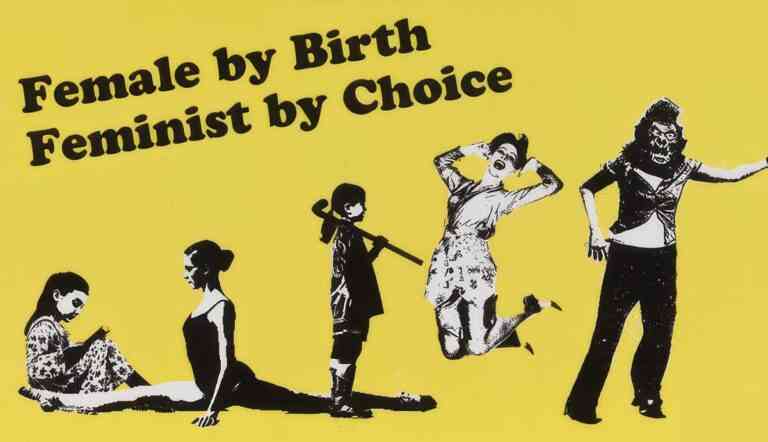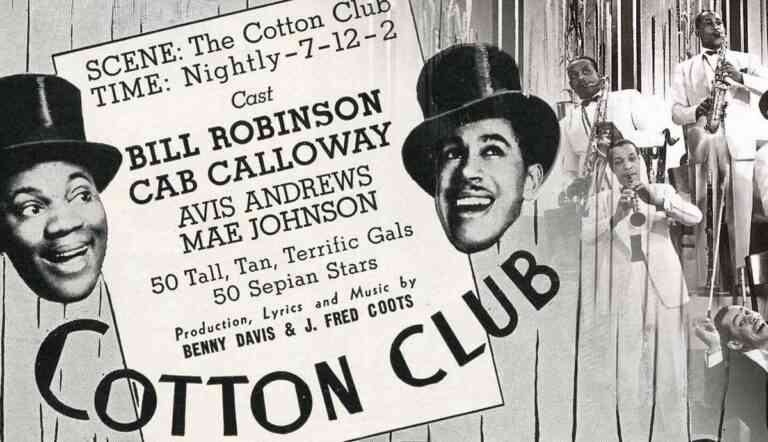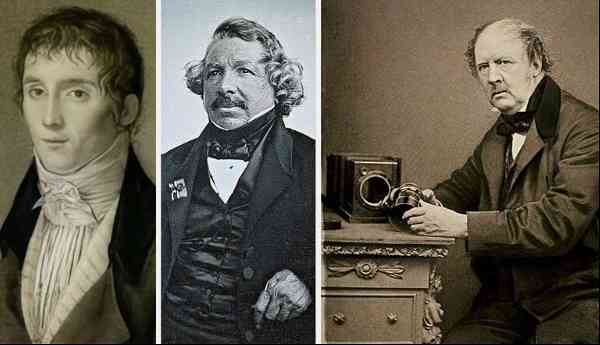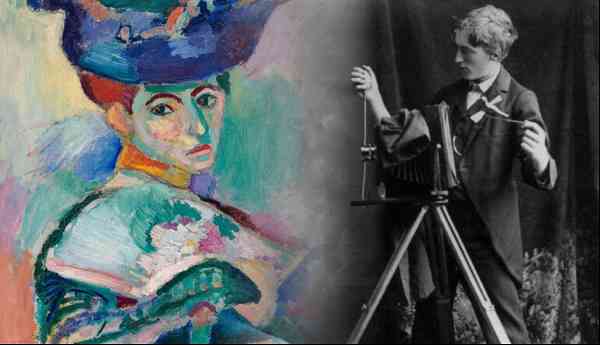
Movies and television dominate our lives today, an accessible form of entertainment, documentary and creative expression. But do you know who invented the first motion picture camera? Ever since the invention of photography in the early 20th century, makers began looking for ways to record movement onto film, which could be played back to an eager audience. From Eadweard Muybridge’s spinning zoopraxiscopes to Thomas Edison and William Dickson’s recording camera, we track the ingenious inventors who paved the way for today’s technology with some of the world’s first motion pictures.
Eadweard Muybridge

World-renowned English-American photographer Eadweard Muybridge was one of the very first to find a way of capturing sensations of movement through the practice of photography. He made a series of sequential photographs which documented people and animals with multiple cameras that could take snapshots in a fraction of a second, one after the other. One of his first series’ documented a racehorse caught mid-motion in 1878, and he later moved on to a series of more diverse subjects including athletes, ballet dancers, birds, big cats and even camels.
From here, Muybridge went on to develop the zoopraxiscope, (similar to the zoetrope) a spinning disc device which allowed sequential photographs to be viewed in quick succession through a small slit, conveying the sensation of motion to a dazzled audience. His device was the first example of ‘frame animation’, which went on to become widely influential. Muybridge also developed the zoogyroscope in 1879, a sequential photo projector with which he could present his photos to captivated audiences during his many public lectures.
Etienne-Jules Marey

Concurrently with Muybridge, the French physiologist Etienne-Jules Marey also documented animals in motion, with his own self-designed camera that could snapshot 12 pictures every second, and arrange these moments into a single image, allowing for the observation of the patterns of movement as they happen. He called his technique chrono-photography, and it is still a term used today for producing similar such images. We can compare Marey’s work with today’s time-lapse photography, which similarly ‘grabs’ and puts together actions into a quick-fire sequence.
Get the latest articles delivered to your inbox
Sign up to our Free Weekly Newsletter
Thomas Edison and William Dickson

American inventor Thomas Edison and his assistant William Dickson unveiled a new type of recording camera which they called a kinetograph in 1890, which is widely recognized as one of the world’s first motion picture cameras. Their ingenious design took a series of photographs of people and objects in motion, with the use of a long roll of celluloid photographic film which moved through the camera taking photographs through the use of a sprocket system.
The fastest camera of its kind, it could take approximately 40 frames per second, on a reel of up to 15 meters long. They also designed a kinetoscope as a means of displaying the processed film, which ran the imagery through a lamp and a magnifying lens inside a wooden cabinet, which viewers could watch through a peephole. They unveiled their ideas to the wider public through a series of ‘Kinetograph Parlors’ in 1894.
Auguste and Louis Lumiere
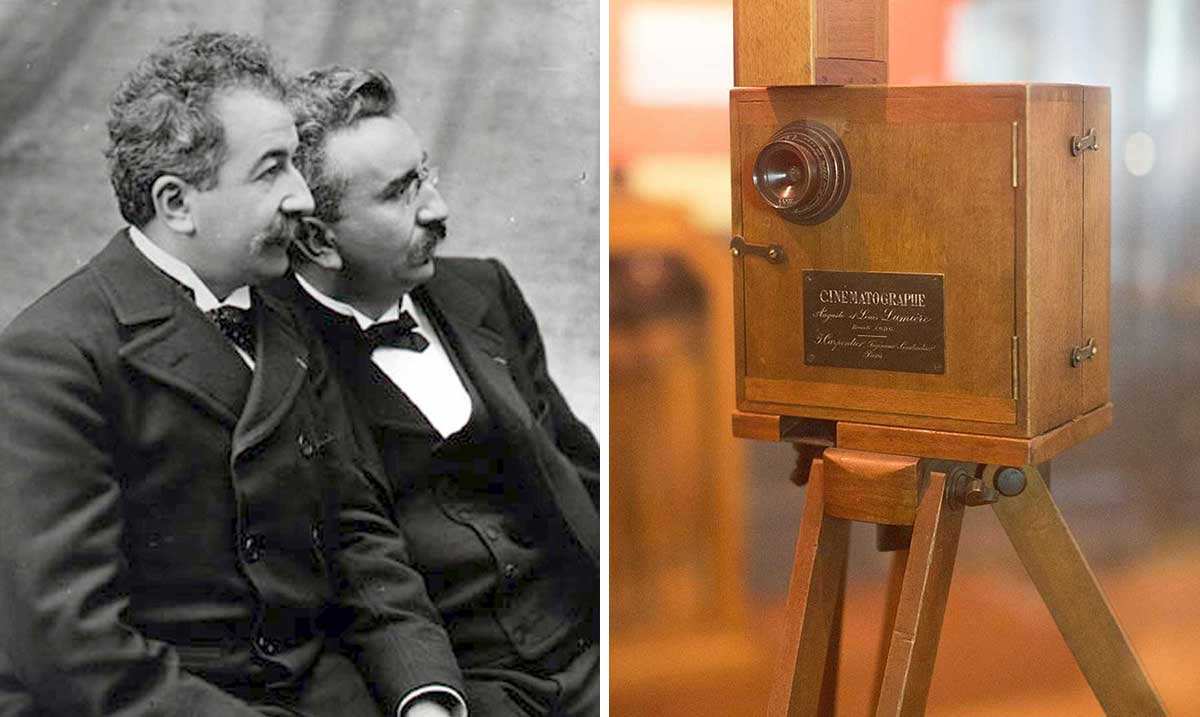
In 1895, Auguste and Louis Lumiere designed an even more audience-accessible device which they called the Cinematographe, a multi-image projector that could display 16 frames a second. They made a series of films documenting simple activities including a baby eating and a group of workers leaving a factory, which amazed audiences who had never seen such events recorded in motion before. In the next few decades, early filmmakers began to create longer and more sophisticated silent films until the late 1920s, by which point movie-makers had begun to explore ways of incorporating elements of music and other sounds alongside their film.
